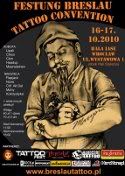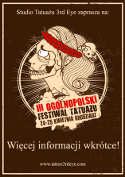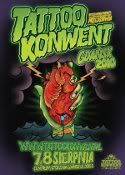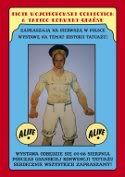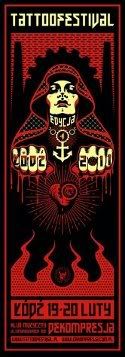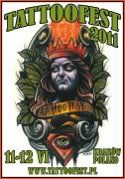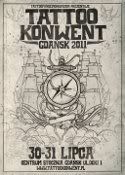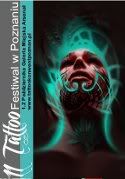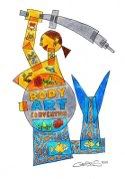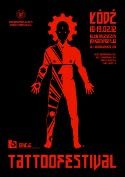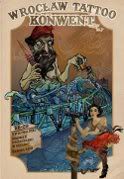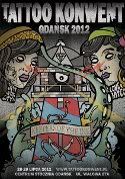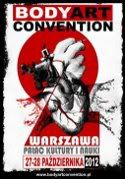
PL:
"Oto człowiek: ciało to rana. Nasze czasy przepełnione są bliznami i tatuażami, takimi je widzimy. "W średniowieczu tolerowano przedstawienie ciała, tylko gdy ukazywano je jako slabe, niedoskonale, rozczłonkowane, poskładane na nowo bądx poddawane wymyslnym zabiegom". Mario Vargas nawiazujac do ikonografii cierpienia, czy tez cierpiacego ciala, pokazuje zupelnie inny rodzaj piekna, ktore dla wspolczesnych wciaz moze byc nie do przyjecia. Prawda jest jednak, ze ogladac fotogafie, a wlasciwie obrazy Vargasa, nie mozemy odsunac od siebie mysli o pieknie tych cial, estetyce calosci, jakosci tkanin, mocy barw, tym wlasnie jest umiejetnosc stwarzania piekna i wznoszenia go na nowe poziomy." Fernando Castro Flórez dla marianovargas.com
ENG:
"Ecce Homo: the body is wound. Our age is full of scars and tattoos, but the look that it imposes is that of the lidless eye. “As in the Middle Ages, the representation of the body is only tolerated if it seems broken, fragmented, dismembered, or “re-stucked” or traced as unprecedented procedures”. But I insist, compared to the iconography of suffering or the suffering body is possible, as Mario Vargas does make a renewed idea of beauty that became, for the modern Orthodox, taboo. The truth is that when we look at the photographs, almost paintings of Vargas, we can not stop thinking about the beauty of their bodies, so refined aesthetics of montage, in luxury fabrics, in the power of color, this is, the ability to create beauty even bringing it up to an excessive limit." Fernando Castro Flórez for marianovargas.com




